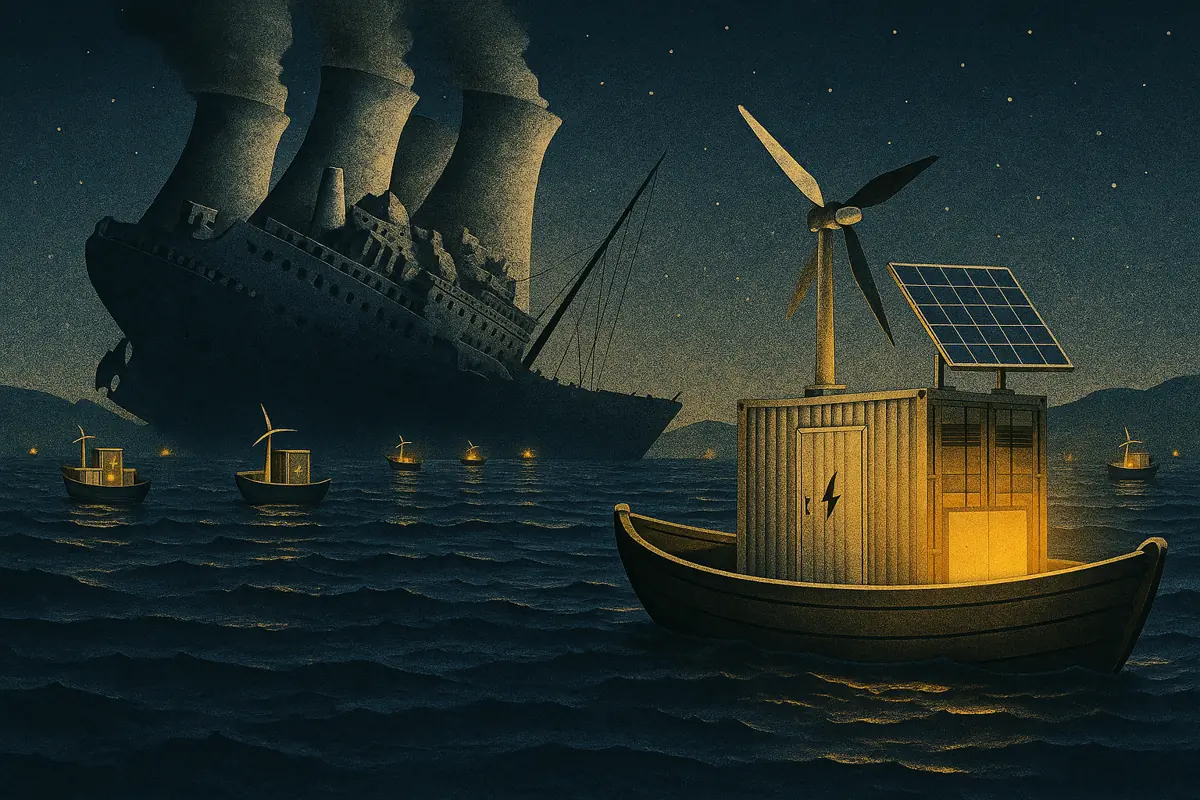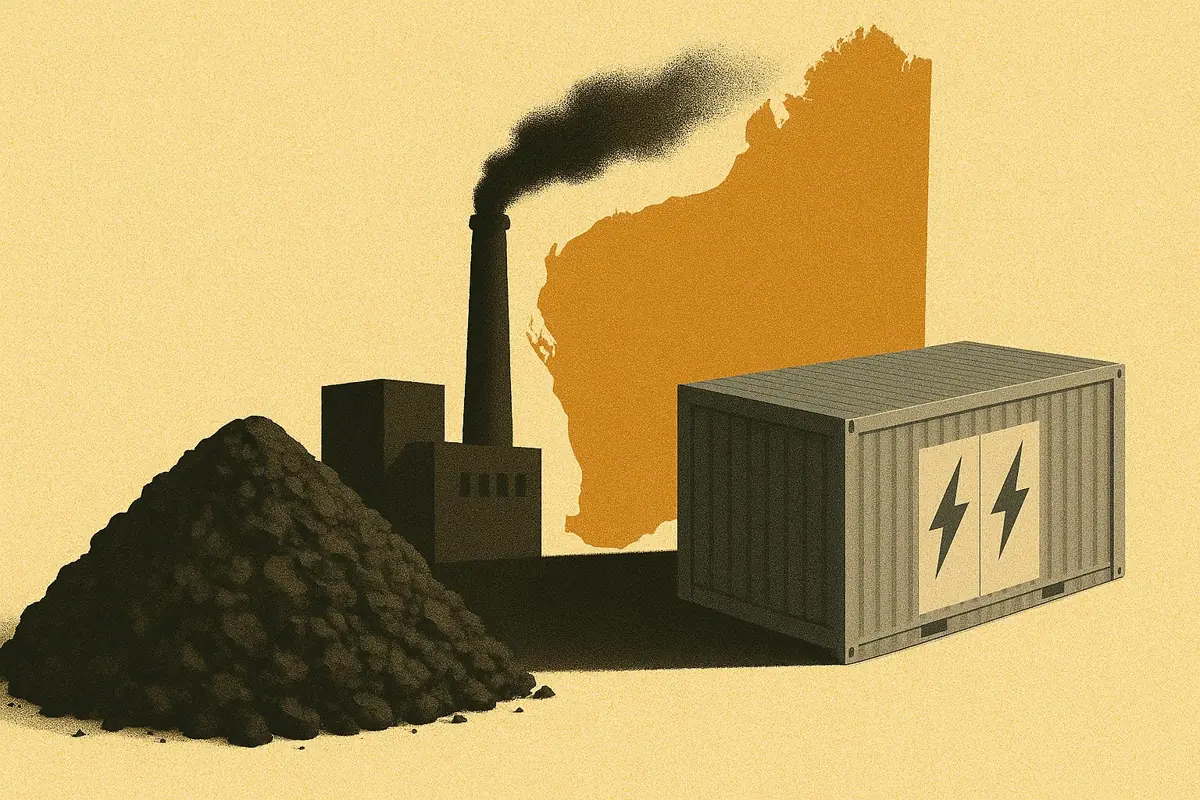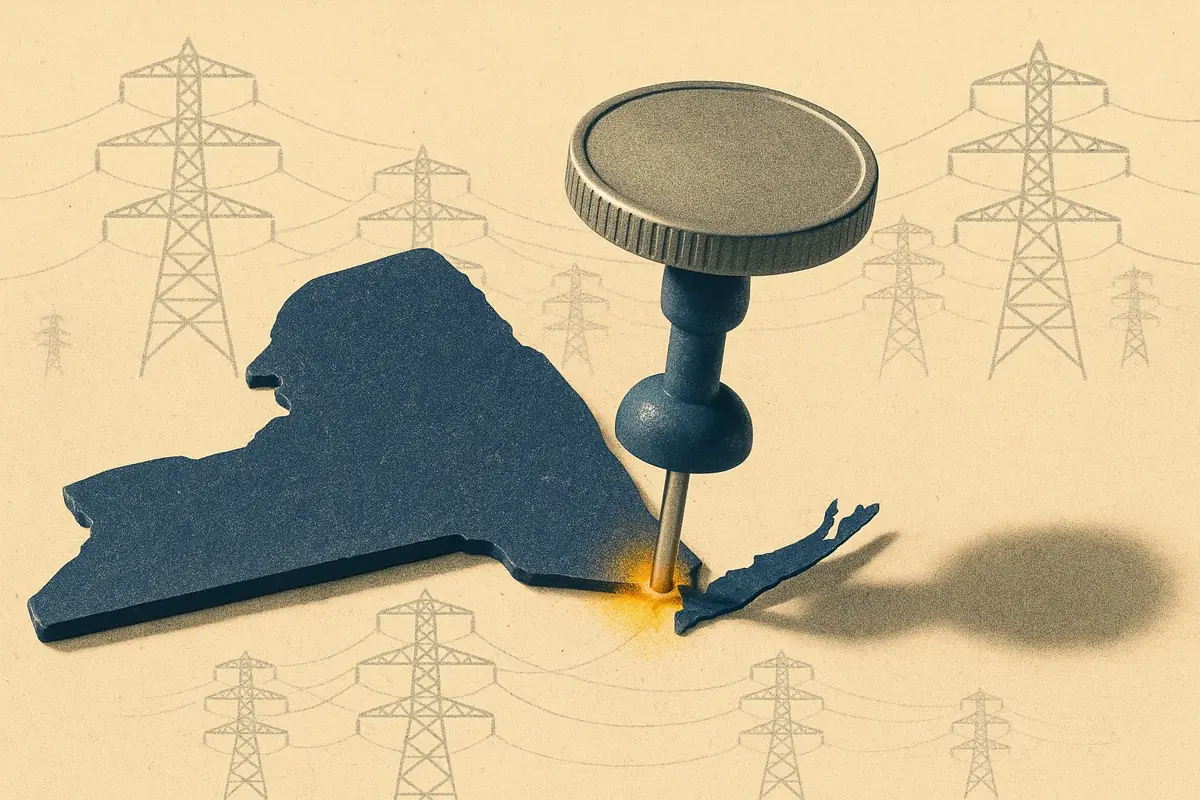Australia is home to the world’s first ‘big’ battery: the 100 MW Hornsdale Power Reserve, constructed in 2017. Since then, investment in grid-scale battery energy storage in Australia’s National Electricity Market - or NEM - has continued. 25 projects are now commercially operational in the NEM, totalling just under 2 GW of power capacity.
So how has this point been reached, and which companies have led the deployment of BESS to date?
Executive Summary
- Grid-scale battery capacity in the NEM is set to pass 2 GW in 2024 - an almost 8x increase since 2020, led by a wave of large two-hour systems across multiple states.
- Queensland has driven much of the 2024 growth, while New South Wales lags behind but is set to leap ahead with the 850 MW Waratah Super Battery in 2025.
- Private developers now account for 75% of operational capacity, supported by tolling contracts and, increasingly, by market revenues without direct government funding.
- Tesla remains the dominant system supplier, but since 2022, over half of new battery energy capacity has come from alternative providers like Fluence, Samsung, and CATL.
If you are new to the NEM, it’s worth reading our introduction to the market, which can be found here.
In this article, we refer only to scheduled ‘commercially operational’ capacity. This has been defined as battery energy storage projects that have traded 75% or more of their capacity in the energy or FCAS markets.
Grid-scale battery energy storage capacity in the NEM is set to hit 2 GW milestone
In the three years following the construction of Hornsdale Power Reserve, grid-scale battery capacity in the NEM only increased by 160 MW. However, starting in 2021, deployment has accelerated. Total operational capacity now sits at 1.96 GW—an almost eight-fold increase from 2020.
So far in 2024, 591 MW of new battery capacity has begun trading in the NEM - just behind the 610 MW deployed in 2023. Half of this has come in Queensland, tripling battery energy storage capacity in the state.
Hornsdale Power Reserve was built in South Australia, the state with the highest BESS deployment (MW) until 2021. That year, it was overtaken by Victoria, which has continued to lead since. With Queensland adding 300 MW of new capacity in 2024, New South Wales now lags behind these three states. Tasmania, the final region in the NEM, currently has no grid-scale battery energy storage capacity.
This has been driven by world-leading rollout of ‘big’ batteries
When Hornsdale Power Reserve opened in 2017, it was the biggest battery energy storage system in the world. Four years later, when Neoen opened the 300 MW Victorian Big Battery in 2021, it was the joint-largest (by power capacity) in the world. There are now eight batteries of 100+ MW commercially operating in the NEM, out of the 25 trading in the NEM.
South Australia, Victoria, and Queensland all now have multi-hundred MW batteries up and running. New South Wales lags behind, with its largest system being 65 MW. This looks set to change in 2025, when Akaysha Energy’s 850 MW Warratah Super Battery is set to come online - this will be one of the world’s largest by power capacity.
A switch to two-hour systems has pushed total NEM battery energy storage capacity above 3 GWh
The first battery systems to come online in the NEM had a range of durations—from 0.3 to 2 hours. While the 0.3-hour Dalrymple BESS remains an exception, a range of different durations have continued to be deployed. In 2021 and 2022, mostly 1.5-hour systems came online; in 2023, it was 1 and 1.1-hour systems, and in 2024, mostly two-hour batteries.
The deployment of two-hour systems in 2024 means the total energy capacity of battery energy storage in the NEM has reached 3 GWh, up from 2 GWh at the end of 2023. This has increased the fleet's average duration to 1.6 hours, up from 1.4 hours a year ago.
Private developers are leading the growth of battery capacity
Renewable developer Neoen built Hornsdale Power Reserve and has continued to add to its storage portfolio since. This includes Australia’s largest system, the 300 MW Victorian Big Battery, and two other batteries. Altogether Neoen owns 670 MW of commercially operational battery capacity—a third of NEM-wide battery capacity.
Alongside Neoen, other private developers have deployed a further 1.1 GW of battery energy storage capacity. This is led by Eku Energy (through its two joint ventures with Shell and Engie), Edify Energy, and Vena Energy. Private developers account for three-quarters of BESS capacity operational today.
A further 300 MW comes from gentailer AGL, the majority of which is the 250 MW Torrens Island BESS. Meanwhile, network companies TransGrid, AusNet, and ElectraNet together own 110 MW of capacity.
Buildout has been backed by a combination of government funding and contracts
State and federal funding has helped the buildout of battery energy storage in the NEM. Of the 25 systems currently commercially operating, 9 have received some sort of direct funding towards their capex. Most of this has come through ARENA, a federally funded agency that supports pre-commercial investments. Further funding has come directly from state governments.
Meanwhile, government contracts have also contributed to the construction of some batteries. Hornsdale Power Reserve has a long-term contract with the South Australian government to provide reserve capacity in case of system stress events. A similar long-term reserve contract, called SIPS, aided the construction of the Victorian Big Battery (and is behind the Waratah Super Battery, too).
However, batteries are increasingly being built without direct government support. Since 2022, the majority of new capacity, including the 200 MW Rangebank BESS and 250 MW Torrens Island BESS, has been built without government support.
Tolls have played a big role in the construction of new projects
Long-term tolling agreements have been crucial in getting some batteries constructed in the absence of long-term revenue certainty available from the market. Nine batteries are contracted under tolls in which the off-taker has full operational control of the asset. AGL, Shell Energy, EnergyAustralia, and Iberdrola all have control of batteries under such agreements.
However, the market is shifting towards ‘virtual tolling agreements’. Western Downs was the first system to come online with such a contract, provided by AGL. Under this agreement, AGL can send dispatch requests for the system to charge or discharge. Otherwise, the owner operates the system as normal.
Engie and Neoen have since announced a virtual offtake agreement at the Victorian Big Battery for access to part of its 300 MW power capacity—this stacks on top of the system's existing SIPS contract.
Finally, Tesla has provided Genex Power with a revenue floor at the Bouldercombe BESS. In this agreement, Tesla guarantees a certain revenue level in exchange for a higher share of revenues than would otherwise be received.
Tesla dominates the supply of battery systems - but this is starting to change
Hornsdale Power Reserve was supplied by Tesla, which has since dominated the market with 1.9 GWh of operational battery energy capacity. Prior to 2022, Tesla provided 96% of battery energy capacity. However, the market has started to diversify. Over 50% of energy capacity to start operations since 2022 comes from a non-Tesla system, supplied by six different companies.
Fluence is the second-largest supplier of BESS to date, with 642 MWh of energy capacity operational. Samsung, Wartsila, and, most recently, CATL have all deployed large-scale BESS capacity. Ingeteam and Hitachi complete the picture.
What’s coming for BESS in 2025?
While 300 MW of new battery energy storage capacity may still come online by the end of 2024, this year will still fall short of the 1.5 GW of new battery capacity expected. All in all, 2024 looks like a stepping stone to what should be a bumper year for BESS in the NEM in 2025.
AEMO lists over 4 GW of new battery projects that could come online in 2025, which, if achieved, would triple today’s operational capacity. This includes four projects that would each break the current record for Australia’s largest battery by power capacity, led by the 850 MW Warratah Super Battery.
This expansion will see some new companies joining the BESS space in a big way - including developer Akaysha Energy, gentailer Origin Energy, and BESS supplier Powin.
Modo Energy will be keeping across these changes in the BESS space as they happen. To receive our latest research as it's published, sign up for our newsletter, or follow us on LinkedIn.







